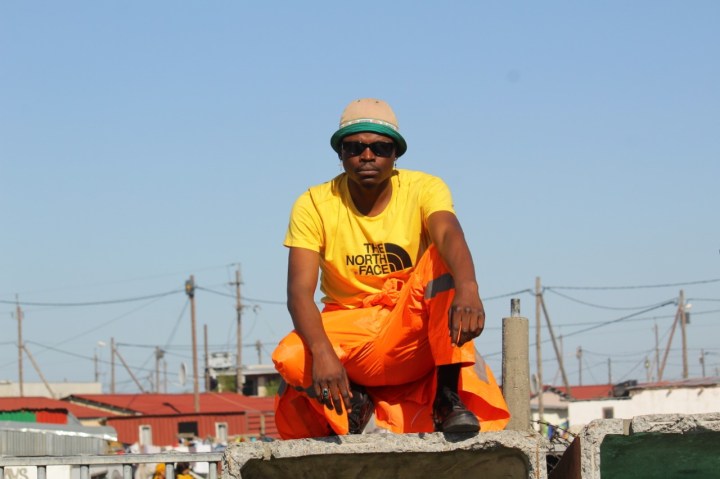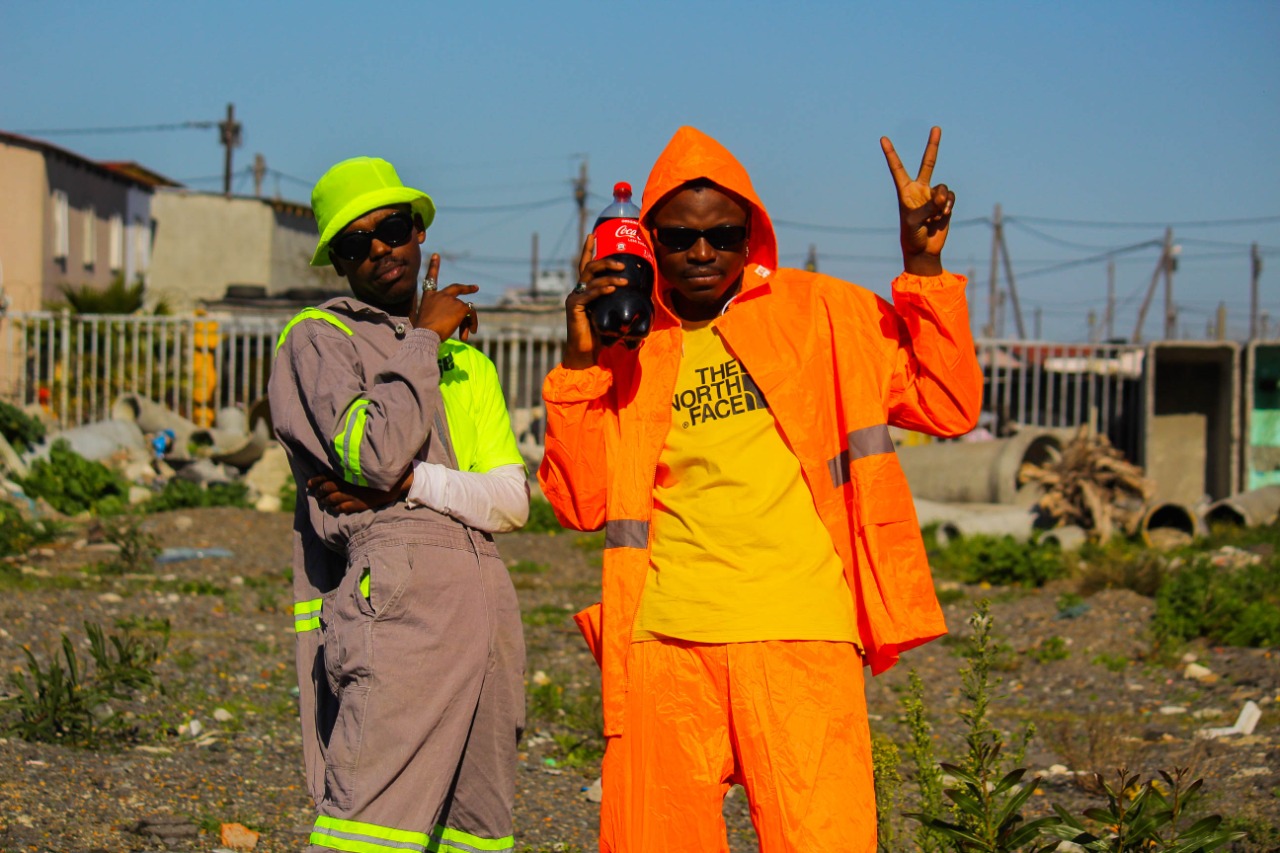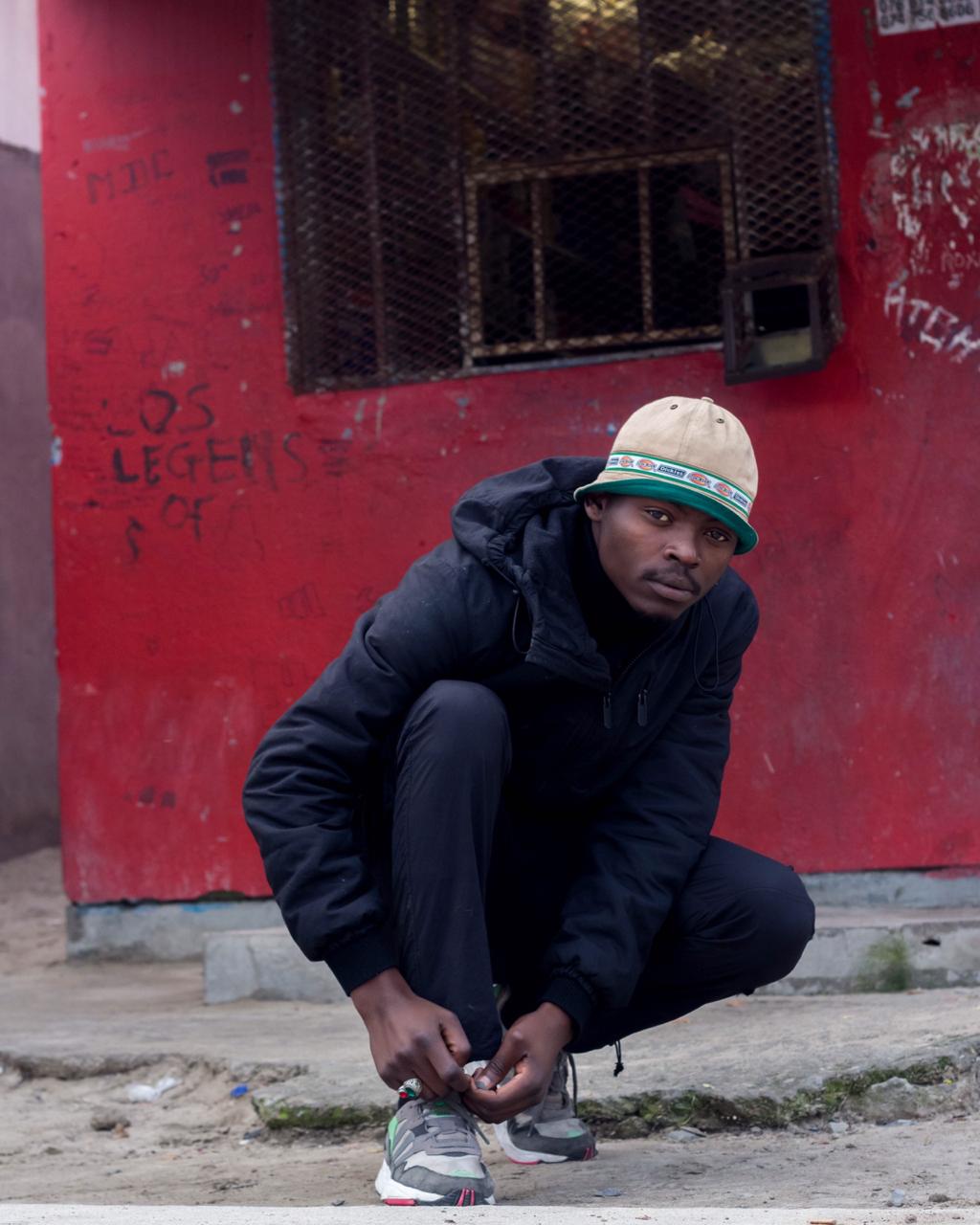MATTERS OF OBSESSION
Meet Shxngie, South Africa’s would-be king of drill music

Drill music is a subgenre of trap music, in itself a subgenre of hip-hop, defined by ominous beats and violent lyrics. Although rooted in Chicago, it’s spread around the world.
Drill music originates from the south side of Chicago, an area which is infamous for its crime and gang culture. The beat – darker, slower and in a way more gripping than the more effervescent hip-hop sound – is also known for lyrics that have caused controversy at best and, at worst, allegedly influenced and promoted gang violence.
In the US, 25-year old musician and rapper Chief Keef sparked a cult following when, while in high school, he released his mixtape ‘Bang’, which is, as writer David Jeffries explains, “a slow-rolling, simple cut that was an instant hit with the youth of his hometown’s South Side”.
The year Chief Keef released his two first EPs, he was arrested on gun charges (since then, Chief Keef has dropped 11 albums, including two collaborative albums with Gucci Mane and Zaytoven in 2014 and 2019 respectively).
And then there’s the late Pop Smoke, who popularised Brooklyn drill in the US thanks to his 2019 breakout single Welcome to the Party, and two mixtapes, Meet the Woo and Meet the Woo Vol. 2. In February 2020, he was killed in a home invasion in his Hollywood Hills home.
In the UK, drill music seems to have its roots in Brixton, with rappers like Skengdo & AM (who recently collaborated with Chief Keef), Brixton Hill group 67, Scribz, Dimzy and MDargg, who popularised the hip-hop subgenre in 2013.
There as well, the beat, with its vivid depiction of violence and words that suggest animosity between different groups, has been subject to media criticism and attracted the attention of police. In a 2018 New York Times article, academic Craig Pinkney, who is also behind a study dubbed Gangs, music and the mediatisation of crime: expressions, violations and validations, along with Shona Robinson-Edwards, explains that “When we study the content of these (drill) music videos, we see young people talking about killing, shooting and stabbing. The arguments, conflicts and violence that take place in these videos are quickly being acted out and amplified in the real world.”
An article on Red Bull’s music, published in March 2019, mentions the controversy the genre has raised in the UK: “The police have also imposed injunctions on musicians to prevent them making drill music or to censor their lyrical content. West London group 1011 were ordered to restrict violent lyricism and were ordered to notify the police about forthcoming videos and live performances.
“The subject of UK drill’s censorship has divided opinion. The police have claimed that UK drill music can cause serious violence, and therefore procedures to prevent artists from releasing it are necessary to increase safety in London,” it says.
In fact, linking entertainment to violence in real life isn’t something new or specific to drill music. From video games to rap to movies, the idea that content can influence us versus how we are influencing content is an old debate.
As Ben Beaumont-Thomas writes in The Guardian, it is “a conundrum as old as entertainment itself: does music reflect your environment, or shape it? Like violent films or video games, can people distinguish fact from fantasy, or do they let it influence their behaviour?”
In South Africa, drill music is starting to attract a generation of young musicians who are inspired by the drill’s slower beat, sans the tougher, rawer and more violent lyrics.
In fact, it is the moderate tempo, around 60 to 70 beats per minute, that is being used and explored by South African artists like Cassper Nyovest.
One such musician is 24-year old Shxngie, a barista at a cafe in Cape Town by day, and the rest of the time a drill artist who has already released two singles and attracted the attention of DJ Fresh, Scoop Makhathini and received a private nod on social media from South African record producer and rapper Tweezy.
“In early primary school, I realised that (music) is something I loved. When we had Friday shows at school, I would just perform… like lip-synching on top of songs that I loved and people were showing me love… Then, when I moved to South Africa (from Zimbabwe) around 2012, I knew nobody…”
Talking about the idea that drill music is often associated with violent lyrics, Shxngie explains that although he is widely influenced by his environment and what he sees happening in the streets around him – he lives in Delft in Cape Town – it is the slow, more emotional and catchy beat of drill that he finds attractive and that suits his voice and sound.
“I am from Delft. My music is motivated by the space around me. But the music, it’s about attitude: you can rap about you waking up, not having money, but with drill music it’s about the attitude; how you put things together.”
Originally from Zimbabwe, the multilingual rapper has recorded in both Xhosa and Shona, and although he is still in the early stages of his musical career, his passion for the genre and his dedication to the music is palpable.
“I tried to look for studios online and approached people but not much worked out and I started to lose some hope. But again… I didn’t stop. I kept on moving until I found someone who could help me record some songs.
“Fast forward to 2019, I released a song with two of my friends, who were in a group, and I pushed it hard to the point that DJ Fresh spoke about it on Metro FM. Scoop Makhathini retweeted it, saying he’s looking for me… I thought, if he can say he’s looking for me and if DJ Fresh says this is a great song and he can speak about it on Metro FM, let me just keep on pushing – at some point, they’re going to notice,” he says.

(Image supplied)

(Image supplied)
It is this perseverance and dedication to the craft that is apparent in his music videos: be it in Popo, the EP he worked on with South African producer, Prince SA, or Submarine, which he wrote, composed and scripted, the aesthetics are striking – filmed with a slightly washed out filter, the Submarine video, which was directed by Junior Mellography, extracts its colour palette from streetcars and the garage that serves as a set for the video: yellow, blue, brown and beige, with hints of black, reminiscent of South African sunsets and which make for a softer composition – and there’s also a coolness in the attitude that Shxngie attributes to the beat.
“With Submarine, I wrote the storyline; I’m the one who wrote the script of this music video… It’s about hustling. On Popo, it was just an idea that came and it sounded nice; it’s just us dancing. But with Submarine, it’s about hustling – it should motivate you to hustle. No matter if you come from the ghetto, you must wake up and go hustle,” says Shxngie.
And with a smile, he sits back in his chair, his fingers tapping on the table as if listening to music only he can hear.
“We (Prince SA and Shxngie) believe we’re good enough to be the kings of SA drill. We’re trying to show that people can be whoever they want to be at the end of the day, but it doesn’t mean that if you’re a gangster, you cannot change.” DM/ML
















 Become an Insider
Become an Insider
Comments - Please login in order to comment.